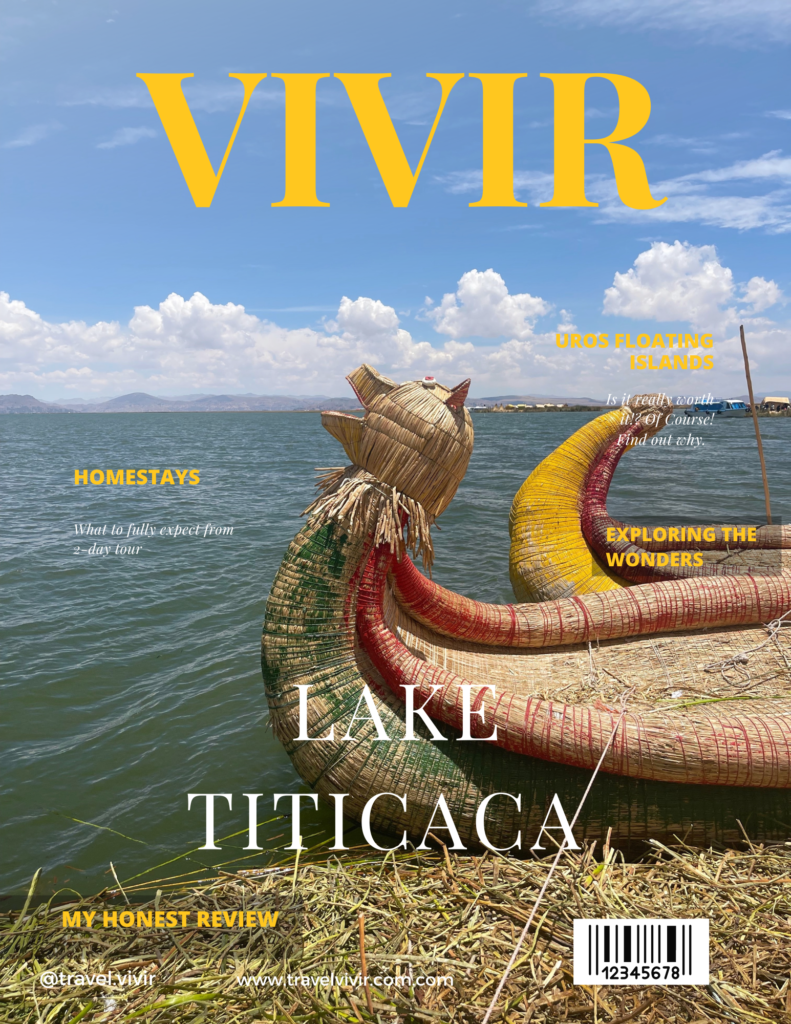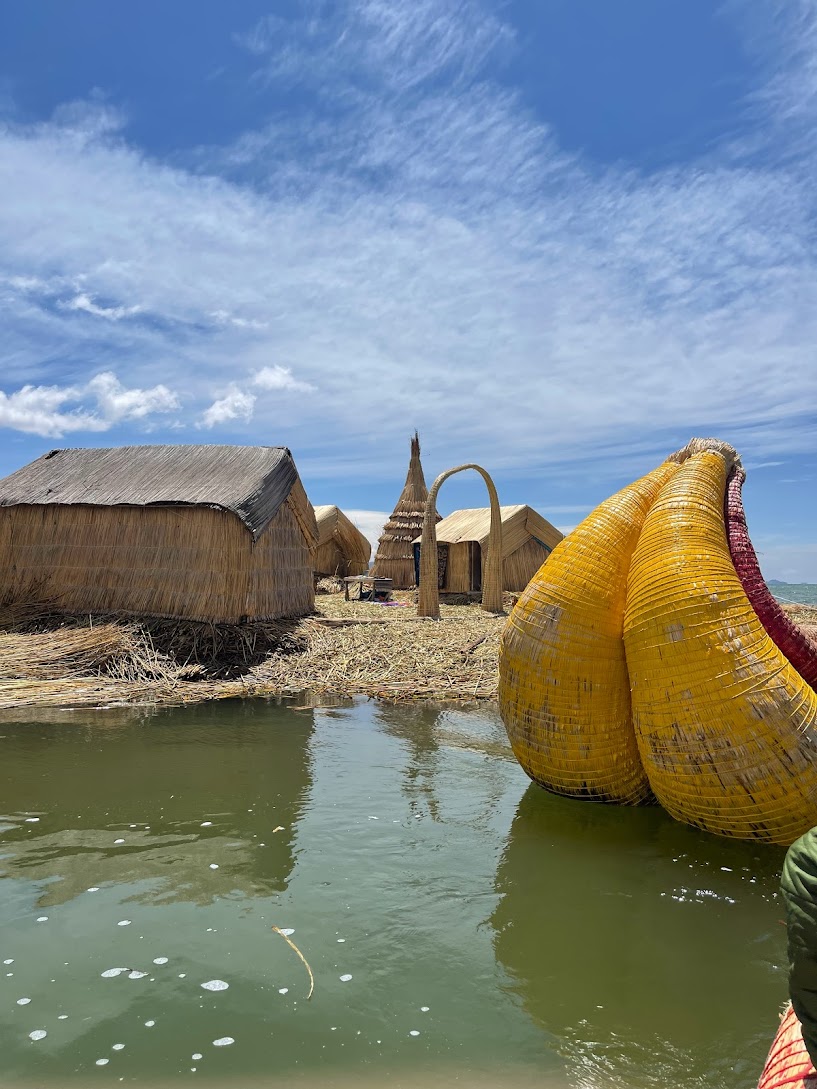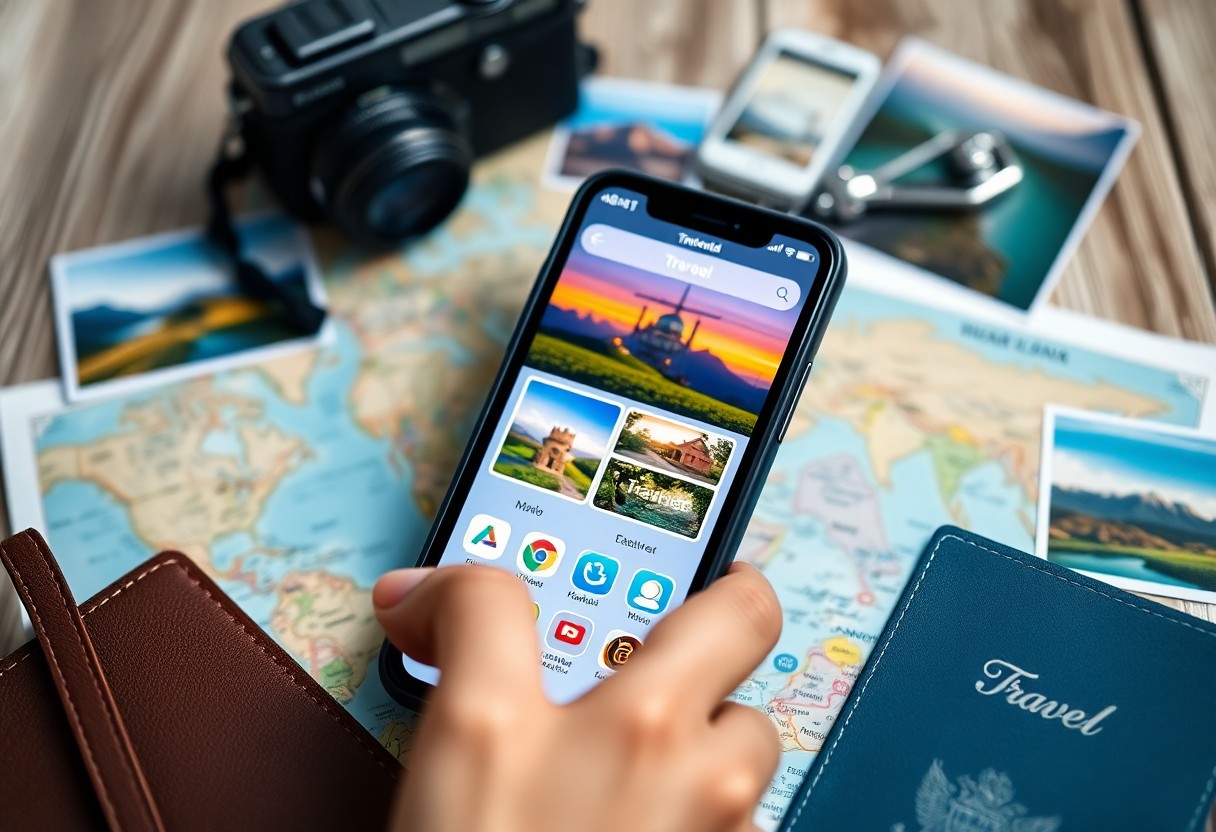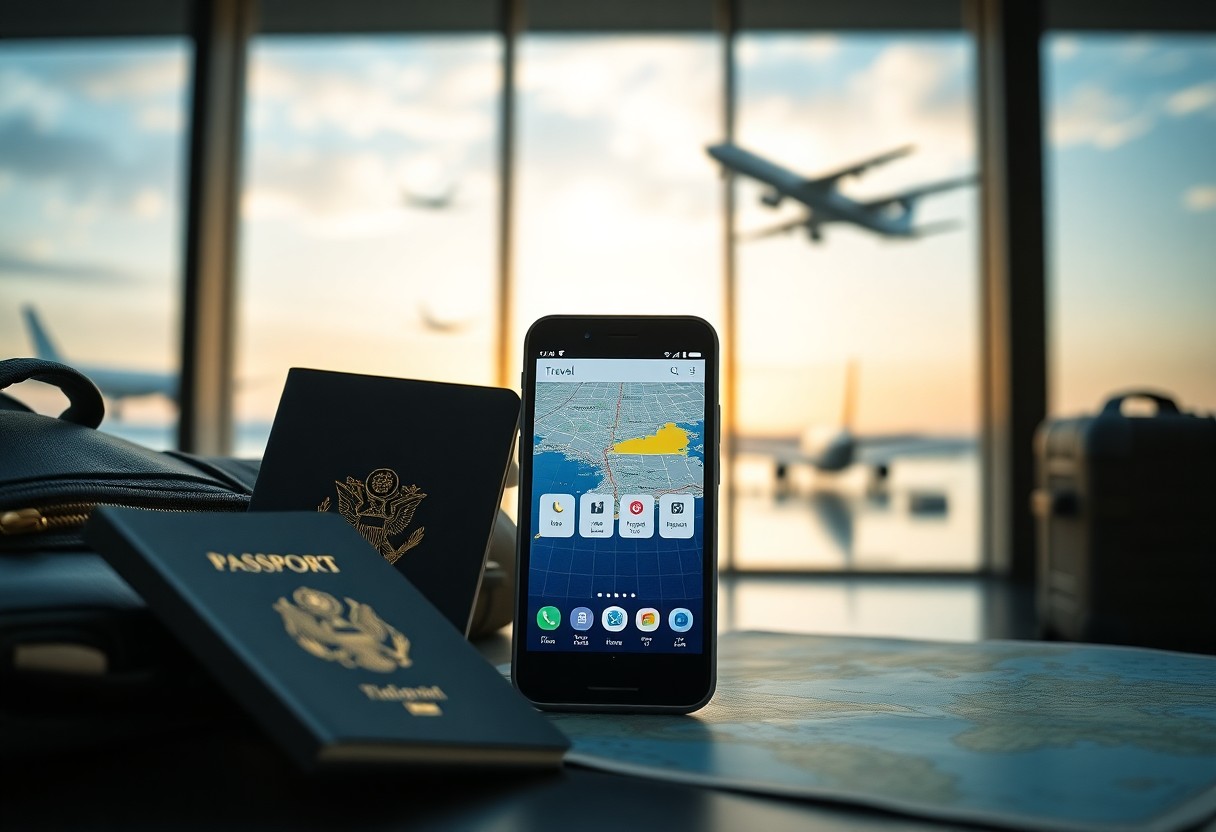It’s a captivating journey through Lake Titicaca, where you can explore the enchanting floating islands that define this unique region. This budget travel guide will help you navigate Lake Titicaca’s breathtaking landscapes and rich cultural heritage without breaking the bank. From the vibrant Uros Islands to the authentic charm of Amantani, you’ll discover local traditions and warm hospitality. You’ll find practical tips for transportation, accommodation, and imperative packing items, ensuring a smooth adventure on Lake Titicaca as you immerse yourself in one of South America’s most remarkable wonders.
Lake Titicaca Key Takeaways:
- Lake Titicaca is the world’s highest navigable lake, located between Peru and Bolivia. This natural wonder offers breathtaking views and unique cultural experiences.
- The best time to visit Lake Titicaca is during the dry season, particularly from June to August. During this period, you can enjoy pleasant weather and fewer tourists.
- Explore the stunning floating islands of Uros, Taquile, and Amantani. Each island showcases distinct traditions, colorful clothing, and opportunities for cultural exchange.
Overview of Lake Titicaca
Your journey to Lake Titicaca, the world’s highest navigable lake, promises breathtaking views and vibrant cultures. Here, you can experience floating islands and ancient traditions, with Puno serving as your gateway. As you explore, you’ll discover local legends and meet welcoming families, making your adventure unforgettable.
Geography and Climate
Around Lake Titicaca, the remarkable Altiplano region offers a semi-arid climate. This high-altitude destination sits at 12,500 feet, with daytime temperatures averaging 60ºF to 65ºF. While expect sunny skies during the dry season from April to November, pack warm clothing for those chilly nights.
Historical Significance
Significance of Lake Titicaca stems from its rich cultural history. At this sacred site, ancient peoples like the Inca revered the lake, believing it was the birthplace of their civilization. The lake’s legends are intertwined with the rise of the Inca Empire, as Viracocha, their creator god, is said to have emerged from its depths.
At the time of the Spanish conquest from 1531 to 1533, Lake Titicaca was already a significant hub. Here, fierce conflicts erupted over precious resources such as gold and silver. The history is layered with stories of ancient communities, like the Pukara and Tiahuanaco, whose ways of life are still celebrated. Today, the impact of colonization can be seen in the fascinating blend of Christianity and indigenous cultures that define the Lake Titicaca region.
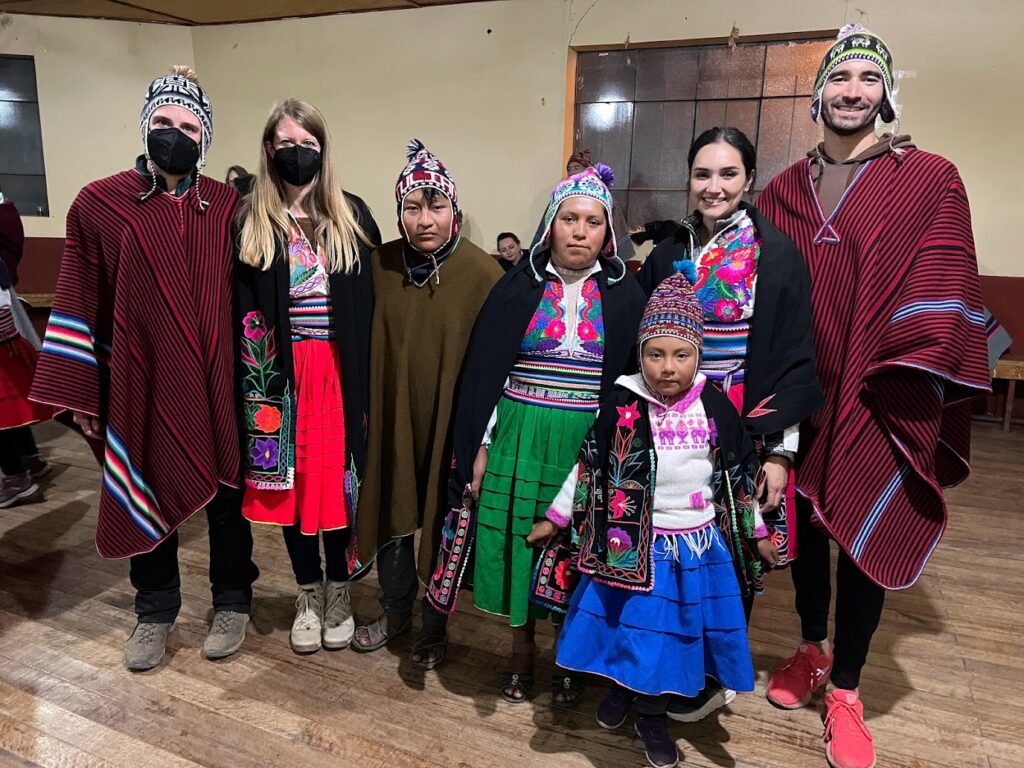
Homestay Fiesta
Best Time to Visit Lake Titicaca
Any visit to Lake Titicaca is best planned around its seasons to maximize your experience. The peak travel season is from June to August, coinciding with the dry season. This period offers you sunny days, ideal for exploring the stunning floating islands and engaging with local cultures.
Dry Season vs. Rainy Season
At Lake Titicaca, the dry season lasts from April to November, offering sunny skies and pleasant weather. This is the perfect time for outdoor activities, as the daytime temperatures remain mild. In contrast, the rainy season runs from December to March, bringing afternoon showers and storms that could affect your plans.
Peak and Shoulder Seasons
An excellent time to visit Lake Titicaca is during the peak season of June to August. Here, the weather is dry, making island hopping more enjoyable. The shoulder season spans April to May and September to November. During these months, you can experience fewer crowds and still enjoy lovely weather. Traveling in shoulder season offers you the added benefit of blooming landscapes post-rainy season, enhancing the lake’s natural beauty. Additionally, accommodation prices may also be lower, allowing you to explore more while sticking to your budget.
Exploring the Floating Islands – Lake Titicaca
Unlike any other destination, Lake Titicaca features unique floating islands that offer a fascinating glimpse into ancient cultures. Traveling to these islands allows you to engage with local communities and discover their exceptional way of life, all while enjoying the stunning beauty of the lake.
Uros Islands
Before you launch on your adventure, you’ll want to visit the Uros Islands. Here, you’ll meet the Uros people who built their homes from the very reeds that float beneath you. These resilient communities have maintained their traditions, and the islands serve as a vibrant cultural experience.
Taquile Island
Islands like Taquile Island are renowned for their stunning landscapes and rich cultural heritage. You’ll quickly notice how the clothing styles vary, with each color and design reflecting the wearer’s status and tradition. UNESCO recognizes Taquile for its incredible textile art, which you can witness firsthand.
Taquile is home to a thriving community where men and women expertly weave hand-crafted textiles. You’ll appreciate that each garment carries deep cultural significance, showcasing unique patterns and colors that tell stories of the island’s history. As you stroll through the village, local artisans may invite you to try your hand at this cherished craft.
Amantani Island
At Amantani Island, the atmosphere is truly authentic, allowing you to experience rural life far removed from mainstream tourism. While here, you’ll be welcomed by friendly locals who still farm and raise livestock, demonstrating their connection to the land and traditions.
The island boasts breathtaking landscapes filled with cobbled pathways that lead you to mountaintop temples dedicated to Pachamama and Pachatata. You’ll find quiet spots that allow you to soak in the serene environment while interacting with locals who share stories about their enduring customs and way of life.
Isla del Sol
Island legends thrive on Isla del Sol, considered the mythical birthplace of the Incas. You will encounter sacred sites and ancient ruins that honor the Incan story and their creator god, Viracocha.
Even the air feels different on Isla del Sol, offering a spiritual experience as you explore places like the Chincana ruins. Hiking gives you epic views of Lake Titicaca while immersing you in the island’s mythology. The absence of cars adds to the charm, allowing you to step back in time and truly embrace the tranquil lifestyle of the local communities.
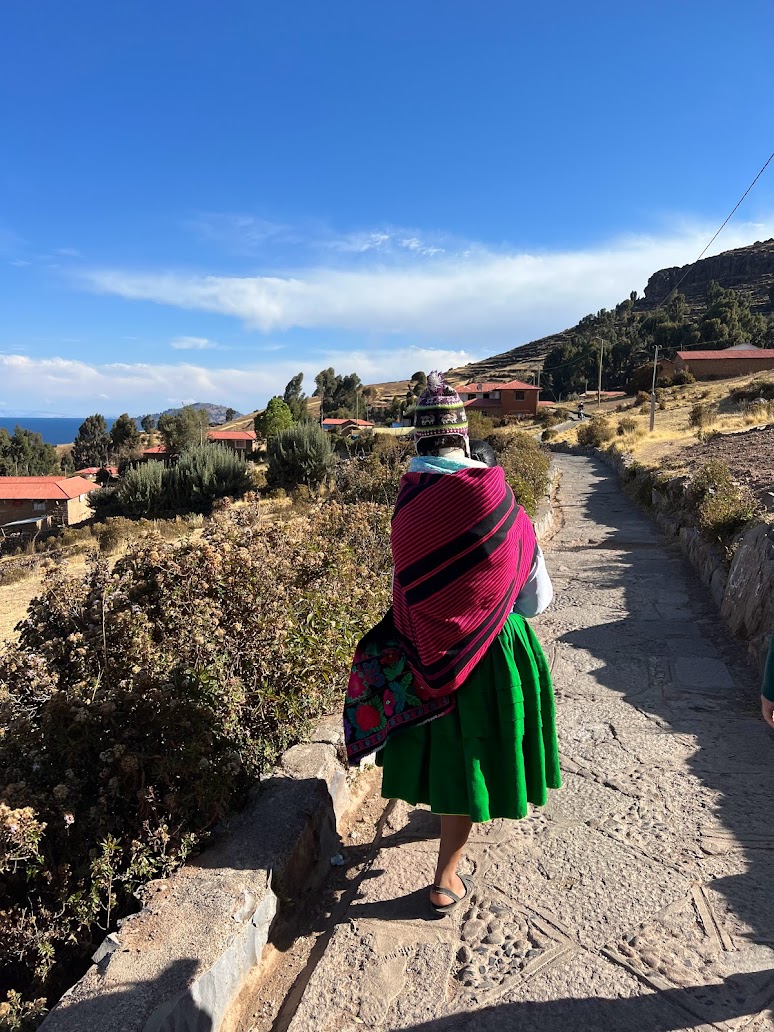
20-min trek to the homestay
Travel Tips for Budget Travelers
Keep your adventure to Lake Titicaca affordable by following these budget-friendly tips:
- Choose public transport over taxis.
- Look for hostels or guesthouses for accommodation.
- Eat at local markets instead of restaurants.
- Join group tours to reduce costs.
- Negotiate for better prices on souvenirs.
Perceiving the local culture can enhance your experience while saving money.
Packing Essentials for Lake Titicaca
Tips for your trip to Lake Titicaca: pack light but wisely. Bring the crucials that keep you comfortable while exploring. Include items like a reusable water bottle, sunscreen for protection against strong sun rays, and a warm jacket for chilly evenings. Don’t forget comfortable walking shoes for the rugged terrains and a camera to capture stunning views. Being prepared will elevate your experience!
Getting to Lake Titicaca
Traveling to Lake Titicaca is straightforward. Depending on your starting point, you can opt for various means like plane, bus, or train to reach Puno, the main access point for exploring the lake. Direct flights are available to Juliaca Airport from major cities, or take a scenic bus ride from Cusco. Notably, buses are economical but choose seats wisely for comfort.
Consequently, starting your journey to Lake Titicaca involves arriving at Juliaca Airport, located about 30 miles from Puno. While flights from Lima last about 1 hour and 45 minutes, busing from Cusco takes about 6 to 7 hours. The bus rides offer beautiful views of the Andean landscape, making them a popular choice. Just be cautious when traveling during the rainy season, as road conditions might become challenging. Safety is paramount when venturing into high-altitude areas, so ensure your travels are well-planned and stay hydrated to combat altitude sickness.
Getting Around Puno, Lake Tititcaca
Not everything in Puno is challenging to navigate. The city boasts a compact layout, making it easy for you to explore attractions on foot. For more tips and guidance, check out Discover Titicaca Lake Tourism: Ultimate Guide. With plenty of options at your disposal, you can fully enjoy your time by beautiful Lake Titicaca.
Transportation Options
Around Puno, you’ll find various transportation options to help you get from one destination to another. Taxis and mototaxis are readily available for hire, providing a quick and affordable means to navigate the city. Buses also serve popular routes, making them an economical choice for longer distances. If you’re adventurous, consider renting a bicycle to enjoy the fresh Altiplano air while exploring the area.
Local Attractions
Around the main plaza, you’ll discover numerous local attractions that highlight Puno’s cultural heritage. Visit the stunning *Catedral de Puno*, noted for its unique architecture, and the bustling *Plaza de Armas*, where you can immerse yourself in local festivities. Don’t miss the chance to explore nearby markets, where you can shop for traditional crafts and fresh produce.
Attractions near Lake Titicaca offer a vibrant mix of history and culture. The city’s diverse landscapes feature unique offerings like the renowned *Fiesta de la Virgen de Candelaria* or the insightful *Museo Carlos Dreyer*. While you stroll through Puno, always stay aware of your surroundings, especially in crowded areas. Your experience will be enriched by connecting with local traditions and vibrant energy.
Lake Titicaca – Cultural Experiences and Festivities
Many travelers find that the cultural experiences at Lake Titicaca are among the most enriching. Although, engaging in festivals and traditions offers you a glimpse into the vibrant local life. However, don’t miss the annual festivities during the Lake Titicaca Travel Guide as communities come together to celebrate with colorful dances, music, and traditional cuisine, immersing you in the unique heritage of the region.
Local Traditions and Festivals in Lake Titicaca
On the shores of Lake Titicaca, local traditions come alive through vibrant festivals like the Fiesta de la Virgen de Candelaria. These events showcase the blend of Aymara and Quechua cultures, with intricate costumes and lively festivities that reflect the rich history of the area.
Interactions with Local Communities
Along your journey at Lake Titicaca, you can interact with local communities to gain insights into their ways of life. Staying with families on islands like Amantani allows you to share meals, learn about traditional crops, and understand their distinct lifestyles.
Another wonderful aspect of your visit to Lake Titicaca involves firsthand interactions with local communities. You might find yourself sharing stories over a homemade meal, which is not only a visual delight but a way to connect. Engaging with residents encourages a deeper understanding of their customs and traditions. While these experiences are invaluable, exercise caution, as some areas may have limited infrastructure. You are likely to leave with lasting memories and a renewed appreciation for the resilient cultures that thrive along this stunning lake.
Discover Lake Titicaca: Your Ultimate Budget Travel Guide to Peru’s Stunning Floating Islands
Upon reflecting on your journey to Lake Titicaca, you’ll find that its breathtaking floating islands offer a unique experience unlike any other. You can explore ancient cultures while enjoying the serene beauty of the lake. Additionally, through your island-hopping adventures, you’ll learn about the local ways of life and connect with friendly communities. By planning accordingly, you can experience this stunning destination on a budget, making your trip to Lake Titicaca truly unforgettable. Embrace the magic of this remarkable region, and let it enrich your travel memories.
FAQ
Q: What is the best time to visit Lake Titicaca for budget travelers?
A: The ideal time for budget travelers to visit Lake Titicaca is during the shoulder season, between April and May or September and November. During these months, prices for accommodations and tours are generally lower. Additionally, the pleasant weather allows for enjoyable island-hopping without the crowds.
Q: How can I travel around Lake Titicaca on a budget?
A: Exploring Lake Titicaca on a budget is quite feasible. Many local boats offer affordable transportation between the islands. Additionally, you can find reasonable guesthouses in Puno, which serve as great bases for your explorations. Alternatively, walking is also a fun way to navigate around the islands, as many attractions are nearby.
Q: What should I pack for a trip to Lake Titicaca?
A: When packing for Lake Titicaca, make sure to include warm clothing for chilly nights and wind. Also, sun protection like sunglasses and a hat is important because the sun’s rays are strong. Don’t forget a reusable water bottle and comfortable footwear, as you may explore the islands on foot.
Contact us for more information:
Check out our socials and make sure to follow!
www.instagram.com/travel.vivir
Annecy France Everything You Need To Know About The Perfect Fairytale Town

